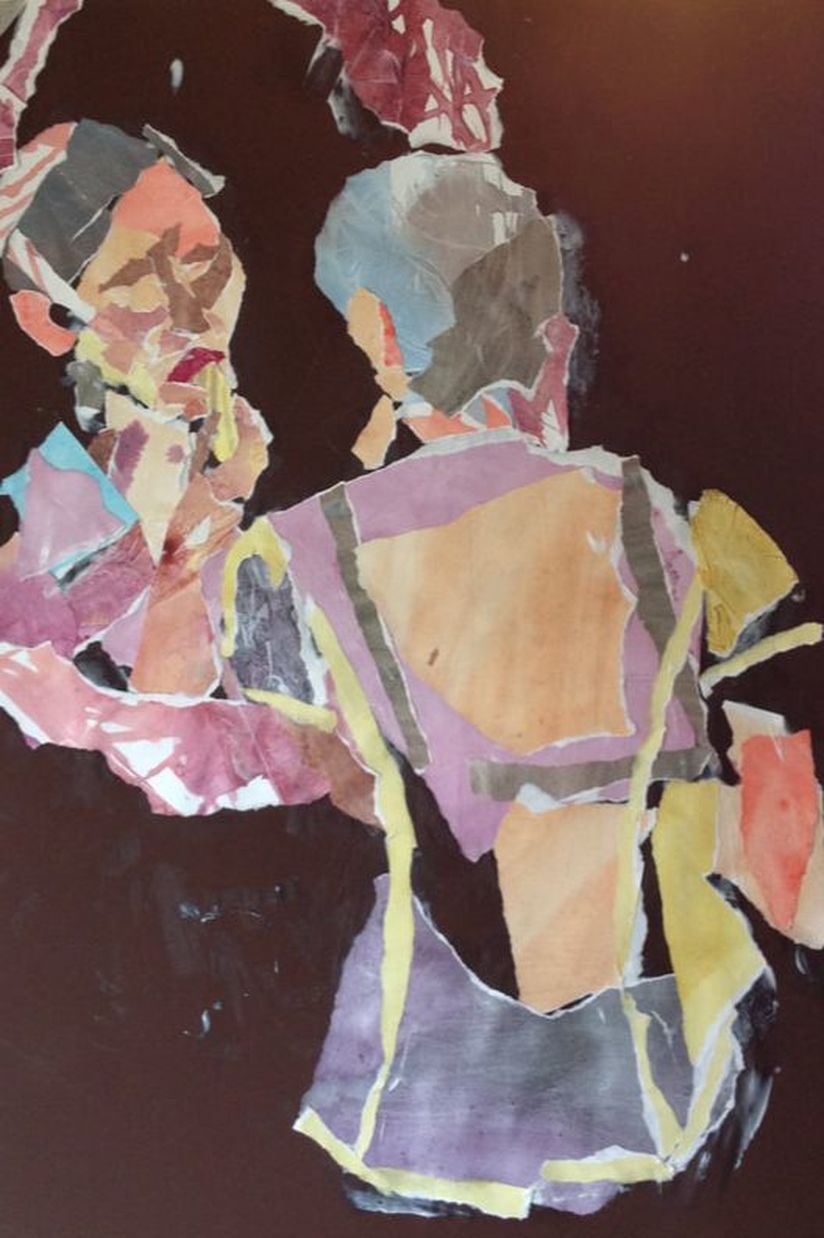|
This is a project that has been in development since 2012 (at least). As any of my friends and colleagues will know, I am a huge fan of the Brazilian writer Clarice Lispector, whose work I first came across in Another Magazine. I have been developing a matrix of method and medium which could produce work to correspond to Clarice Lispector's last written novel The Hour of the Star (1977). I've been working with the model Kitty Quinzell, to re-create selected scenes from the book and I've started to draw through ripping prepared papers. “I tend to write with bold severe strokes, like a painter”; “I swear that this book is composed without words: like a mute photograph.” (Lispector, 1977)
Macabéa, the main character of The Hour of the Star, is surely one of the greatest antiheros of modern fiction. “Salvation ultimately comes in the form of self-discovery and authentic self-expression.” (Pontiero talking about Lispector's work, 1977) Lispector searched for spiritual catharsis through her writing. The act of drawing and constructing images through ripping also has a cathartic benefit, as admitted by Portugal’s Paula Rego during her collage period (1960-1980). “They (the thousands of girls from the North east to be found in the slums of Rio de Janeiro) aren’t even aware of the fact that they are superfluous and that nobody gives a damn about their existence.” (Lispector, 1977) The recycled papers I am now using question issues around the value assigned to resource, human or environmental: be it Clarice Lispector’s parents who escaped the persecution of Jewish peoples in 1920s Ukraine, be it the economic migrants symbolised by Macabéa, be it anyone of diversity. “Macabéa…seemed to become more and more transformed into a Macabéa, as if she were arriving at herself.” (Lispector, 1977) The recycling and bringing together of fragments corresponds to the metamorphosis of Macabéa in her dying hour. The pose is both a dance and an injured body. Like the approach of Lispector, and that of Spain’s Francisco Goya y Lucientes, the piece is a gathering together, as one would for theatre, to set the scene for the main event. The torn shapes repeat the brushstrokes of my original oil sketch, but are released of painterly references. The placed fragment, denuded of the movement of the brush, evokes silence.
1 Comment
|
Celia BurbushPursuing an understanding of what we need to exist in the world: how do we connect with others (and the wider world and its objects), what is our language. Archives
April 2023
Categories |
- Home
-
WORKS
- Maryport in Painting, 2023
- Co-research with Kirkgate communities, 2022
- story of we 2022
- Journey Portraits, 2022
- Light trails 2021
- In Open Spaces 2021
- Make it Now
- Lockdown portraits 2020
- How a Painting Speaks, 2018
- These Four Walls 2017
- Home is where the heart is 2017
- Dreaming of home 2016
- Life of a House, 2017
- Dialogue with E numbers, 2014
- Hour of the Star
- Film Archive
- News
- ABOUT



 RSS Feed
RSS Feed